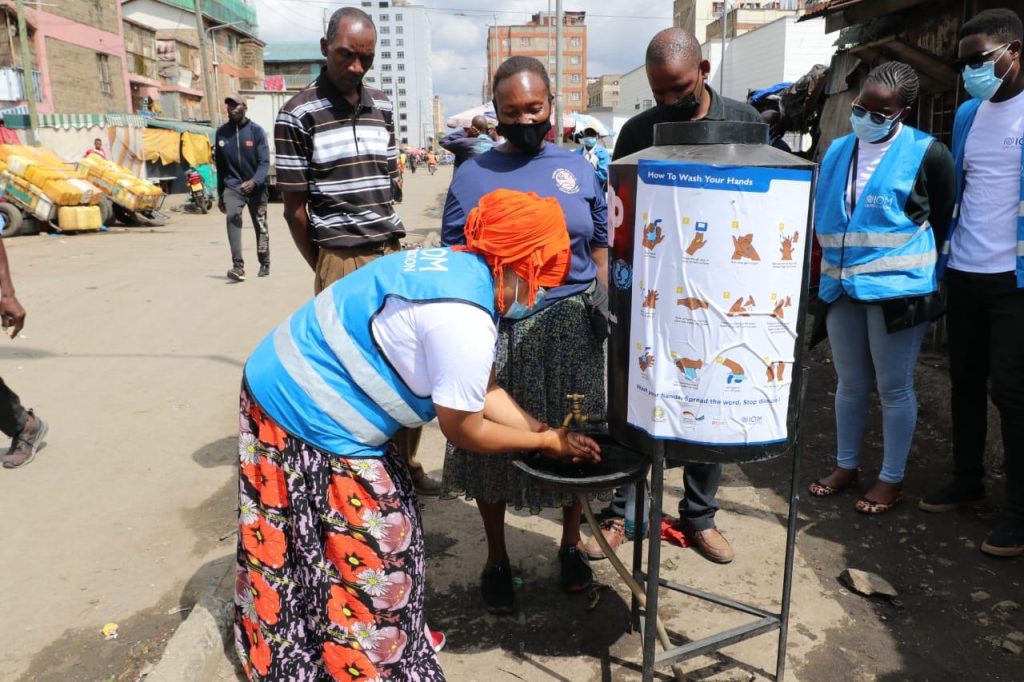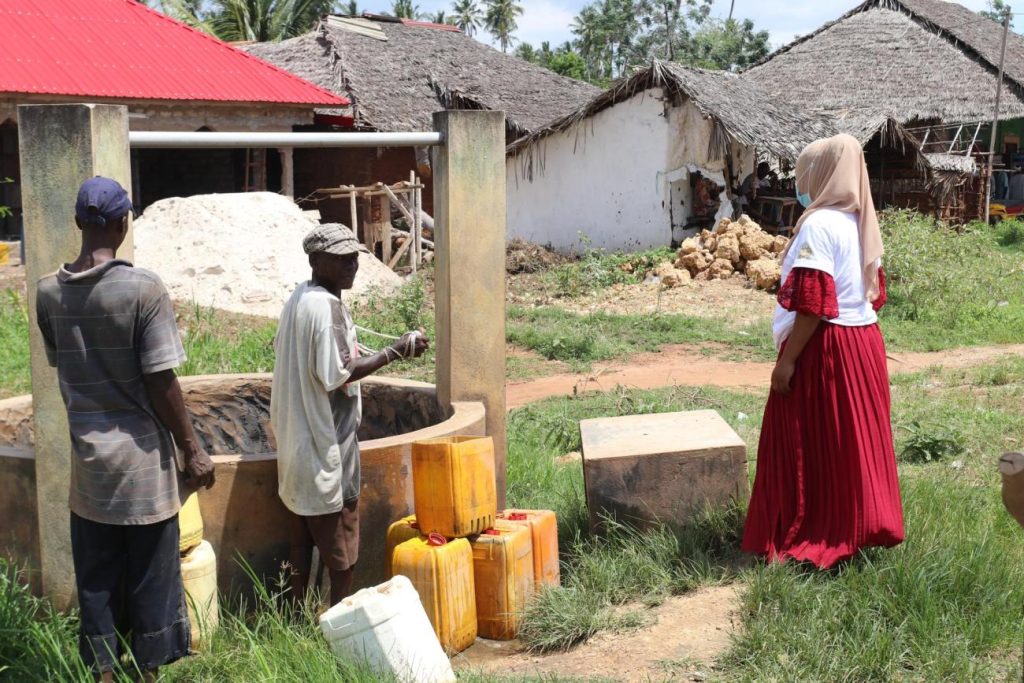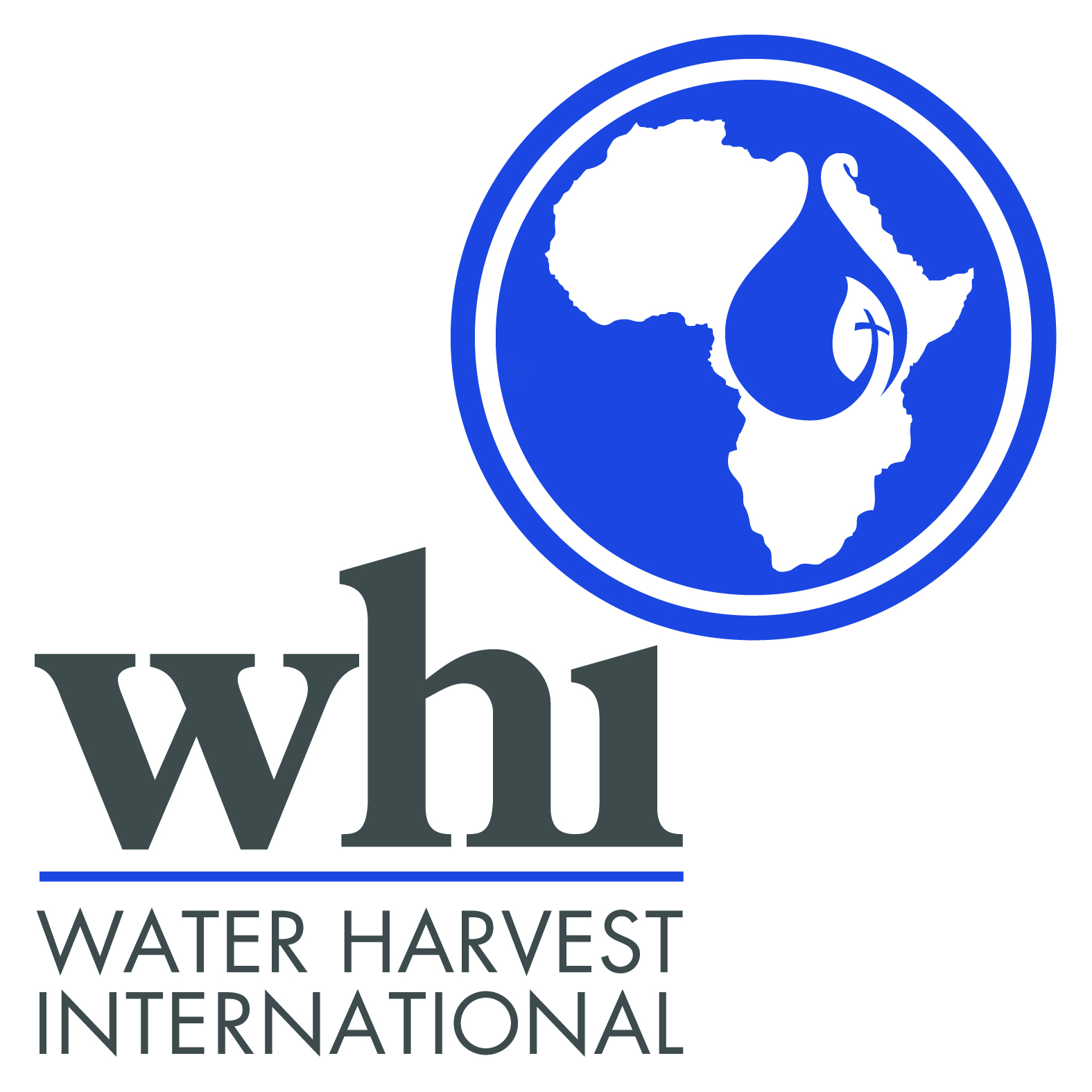In the heart of Africa, a remarkable project is creating waves. Its impact ripples far beyond borders, uniting nations in a shared vision for the future. This is the story of the East Africa Community’s (EAC) extraordinary water initiatives and how they’re forging paths towards sustainable development. The blend of modern technology, traditional wisdom, and regional cooperation is empowering communities and transforming landscapes in ways previously unimagined.
The River of Life: Embracing Hydropower
A majestic river courses through the East African landscape, breathing life into the land and its people. For centuries, the Nile has been revered, shaping the way of life for those who live on its banks. Today, it’s more than just a lifeline, it has become a powerhouse for sustainable energy.
The EAC, aware of the critical role that energy plays in development, has harnessed the mighty power of the Nile for electricity generation. The region’s hydropower projects, like the grand Renaissance Dam in Ethiopia, have the dual objective of creating renewable energy sources and encouraging regional integration. Ethiopia, Kenya, Tanzania, and Uganda are not just sharing resources; they are sharing a common future. Their cooperation symbolizes a remarkable shift from resource competition to resource collaboration.
Hydropower has also ushered in an era of unexpected social change. With improved access to electricity, students are extending their study hours, hospitals are providing more reliable health services, and small businesses are finding new avenues for growth. In a ripple effect, these individual transformations are driving community-wide advancements, contributing to the overall economic development in the region.

Rainwater Harvesting: A Traditional Approach with Modern Impact
In contrast to the technological feats of the hydropower projects, the EAC is also revitalizing traditional wisdom through rainwater harvesting. These methods, passed down through generations, are now being married with modern techniques to maximize water security in a region often affected by drought.
Rainwater harvesting has become an integral part of the sustainable development strategy in East Africa. By capturing and storing rainwater during periods of heavy rainfall, communities can mitigate the effects of dry seasons, ensuring a steady water supply for agriculture. This has resulted in increased crop yield, food security, and overall improved livelihoods.
Interestingly, the EAC’s rainwater harvesting initiatives are not just about survival, but also about adaptation. Climate change continues to present new and complex challenges for the region. However, these water initiatives are equipping communities with the tools to be resilient and adaptable. They are also serving as models for other countries and regions grappling with similar climate-related issues.

Conclusion: Creating Waves of Change
The EAC’s water initiatives are more than mere developmental projects; they symbolize a paradigm shift. They depict the region’s commitment to harnessing indigenous resources while embracing modern technology. This balance between the past and the present, the local and the global, is the cornerstone of their sustainable development model.
In the journey towards sustainable development, the EAC has demonstrated that environmental, economic, and social progress are not separate paths but intricately interwoven threads. By harnessing the power of the Nile and the heavens, they are not just shaping their destiny but are also setting precedents for the world. The East Africa Community’s initiatives are undoubtedly bridging nations, making waves and fostering a future that is sustainable, equitable, and resilient.


